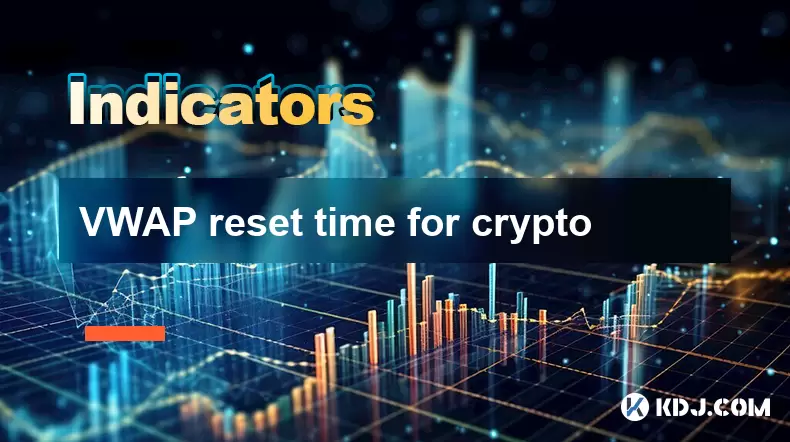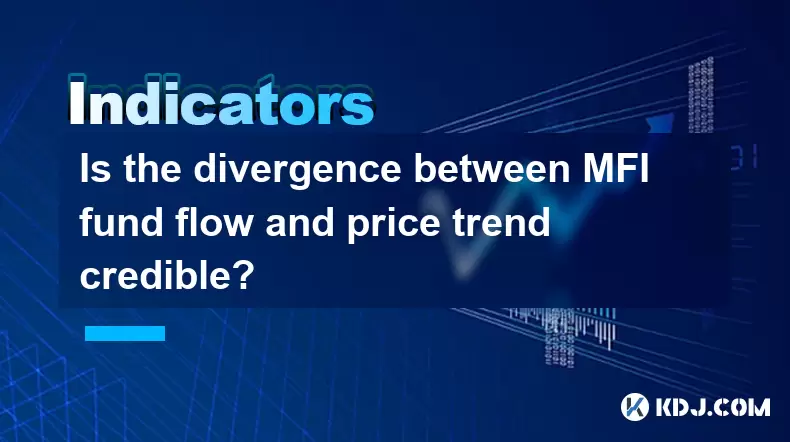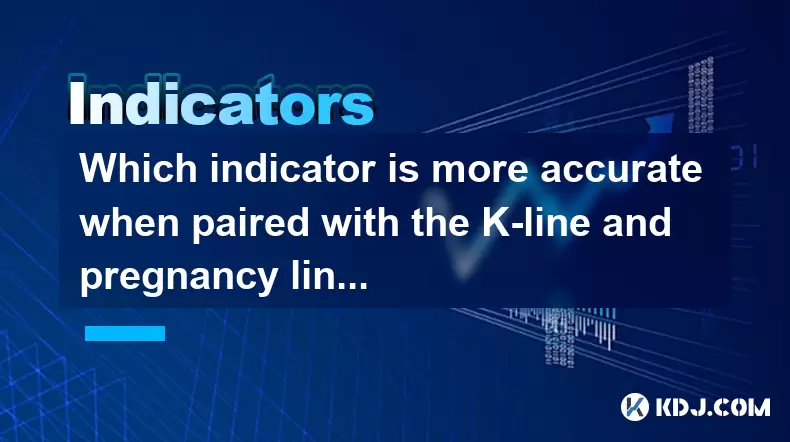-
 Bitcoin
Bitcoin $119300
1.07% -
 Ethereum
Ethereum $3730
3.87% -
 XRP
XRP $3.235
0.29% -
 Tether USDt
Tether USDt $1.000
0.00% -
 BNB
BNB $783.5
1.88% -
 Solana
Solana $188.7
0.25% -
 USDC
USDC $0.0000
-0.01% -
 Dogecoin
Dogecoin $0.2399
-0.44% -
 TRON
TRON $0.3157
2.37% -
 Cardano
Cardano $0.8254
1.94% -
 Hyperliquid
Hyperliquid $42.83
0.14% -
 Stellar
Stellar $0.4372
3.21% -
 Sui
Sui $3.859
4.91% -
 Chainlink
Chainlink $18.53
3.53% -
 Hedera
Hedera $0.2464
0.01% -
 Bitcoin Cash
Bitcoin Cash $519.8
2.46% -
 Avalanche
Avalanche $24.24
2.17% -
 Litecoin
Litecoin $113.7
0.73% -
 UNUS SED LEO
UNUS SED LEO $8.990
0.30% -
 Shiba Inu
Shiba Inu $0.00001390
0.21% -
 Toncoin
Toncoin $3.188
1.49% -
 Ethena USDe
Ethena USDe $1.001
0.02% -
 Polkadot
Polkadot $4.090
-0.91% -
 Uniswap
Uniswap $10.40
4.08% -
 Monero
Monero $326.6
3.12% -
 Bitget Token
Bitget Token $4.627
-0.42% -
 Pepe
Pepe $0.00001281
0.76% -
 Dai
Dai $1.000
0.01% -
 Aave
Aave $291.6
0.98% -
 Cronos
Cronos $0.1269
7.26%
VWAP reset time for crypto
VWAP resets daily at midnight UTC on major crypto exchanges, providing traders with a fresh volume-weighted average price to guide intraday decisions and strategy adjustments.
Jul 15, 2025 at 02:57 am

Understanding VWAP and Its Relevance in Cryptocurrency Trading
VWAP, or Volume Weighted Average Price, is a crucial metric used by traders to determine the average price of an asset based on both volume and price. In the context of cryptocurrency trading, VWAP helps traders assess whether an asset is currently overvalued or undervalued relative to its average price for a given period.
Unlike traditional markets that operate within fixed hours, cryptocurrency markets are open 24/7, which raises questions about how VWAP is calculated and when it resets. Since VWAP is typically calculated over a single trading day, the reset time becomes a significant factor for traders using this indicator across different platforms and exchanges.
How VWAP Is Calculated in Crypto Exchanges
The formula for calculating VWAP involves summing the product of the price and trading volume for each transaction and then dividing it by the total volume traded over the same period:
VWAP = (Σ (Price × Volume)) / (Σ Volume)
In most cases, especially on centralized exchanges like Binance or Coinbase, VWAP resets at midnight UTC. This reset aligns with global financial market conventions, even though crypto operates continuously. As a result, each new UTC day begins a fresh VWAP calculation, allowing traders to compare current prices against the day’s volume-weighted average.
However, some decentralized exchanges or custom trading platforms may implement VWAP differently. It's essential for traders to verify the specific implementation details on their chosen platform.
VWAP Reset Time Across Major Crypto Platforms
- On Binance, VWAP resets every 24 hours at 00:00 UTC.
- On Coinbase Exchange, the VWAP also resets daily at midnight UTC.
- On Kraken, traders can find VWAP indicators resetting at the start of each UTC calendar day.
- On Bybit, VWAP follows the same UTC-based reset schedule.
- Some decentralized exchanges (DEXs) like Uniswap or SushiSwap do not natively display VWAP but allow third-party tools to calculate it, often resetting at midnight UTC as well.
It's important to note that while many platforms follow the UTC reset model, custom charting tools such as TradingView may allow users to set their own VWAP reset times based on local time zones or other preferences.
Setting Custom VWAP Reset Times Using Charting Tools
Traders who prefer a non-UTC reset time—such as those aligned with their local market hours—can use platforms like TradingView to customize VWAP settings.
Here’s how to adjust the VWAP reset time on TradingView:
- Open the chart for your preferred cryptocurrency pair.
- Add the VWAP indicator from the indicator list.
- Click on the gear icon next to the indicator name in the chart legend.
- Under the "Settings" tab, locate the option labeled "Reset".
- Choose a reset interval such as daily, weekly, monthly, or session-based.
- For more precise control, select "Custom Session" and input your desired start and end times in UTC to define when the VWAP should reset.
This flexibility allows traders to better align VWAP with their personal trading schedules or regional market activity.
Impact of VWAP Reset on Trading Strategies
Knowing the VWAP reset time is vital for strategies that rely on this metric for entry and exit points. Traders often use VWAP crossovers as signals:
- When the price crosses above VWAP, it may indicate strength and serve as a buy signal.
- Conversely, a price drop below VWAP might suggest weakness and prompt a sell or short position.
Since VWAP resets daily, traders must be aware that the reference point changes every 24 hours, potentially affecting trade decisions made near the reset window. Those holding positions overnight need to consider how the new VWAP will form and influence future trades.
Additionally, scalpers and intraday traders often rely heavily on VWAP resets to identify momentum shifts early in the new trading day. The reset provides a clean baseline to measure price action against real-time volume dynamics.
Frequently Asked Questions
Q1: Can I change the VWAP reset time on Binance?
No, Binance does not offer customization of VWAP reset times. The default setting is 00:00 UTC, and it cannot be adjusted directly on the platform. However, you can use external tools like TradingView to overlay a customized VWAP on Binance charts.
Q2: Does VWAP reset on weekends affect crypto trading?
Yes, since VWAP resets every 24 hours regardless of the day of the week, weekend data does not carry over into Monday’s calculation. This means each day starts fresh, even during low-volume periods.
Q3: Why does VWAP behave oddly right after the reset?
Right after the reset, VWAP is based on very limited data, especially if trading volume is low. This can cause the line to appear erratic until sufficient volume accumulates. Traders should exercise caution during these initial minutes.
Q4: Is VWAP reliable on low-cap cryptocurrencies?
On low-volume or low-market-cap tokens, VWAP can be misleading due to insufficient data points and potential manipulation through large trades. In such cases, traders should combine VWAP with other indicators like moving averages or RSI for confirmation.
Disclaimer:info@kdj.com
The information provided is not trading advice. kdj.com does not assume any responsibility for any investments made based on the information provided in this article. Cryptocurrencies are highly volatile and it is highly recommended that you invest with caution after thorough research!
If you believe that the content used on this website infringes your copyright, please contact us immediately (info@kdj.com) and we will delete it promptly.
- Bitcoin, Jim Cramer, and the US Deficit: A Wall Street Story
- 2025-07-25 10:30:11
- TGEs, Scalability & Privacy Tech: Decoding the Future of Blockchain
- 2025-07-25 10:30:11
- Ben Askren, FUNKY Memecoin, and the Fallout: A New York Minute
- 2025-07-25 10:50:11
- TRON, Crypto Payroll, and Stablecoins: A New York Minute on the Future of Finance
- 2025-07-25 08:30:11
- WazirX, Revote, and Crypto Unlock: A New York Minute on the Latest Developments
- 2025-07-25 06:50:11
- Hong Kong Stablecoin Regulation: Navigating the Hype and Hurdles
- 2025-07-25 08:30:11
Related knowledge

Is the divergence between MFI fund flow and price trend credible?
Jul 25,2025 at 12:01pm
Understanding MFI and Fund Flow in Cryptocurrency MarketsThe Money Flow Index (MFI) is a technical oscillator that combines price and volume to assess...

Should I go all in when DIF crosses DEA?
Jul 25,2025 at 12:42am
Understanding DIF and DEA in MACD AnalysisWhen traders analyze DIF and DEA in the context of the Moving Average Convergence Divergence (MACD) indicato...

Should I go all in when the upper edge of the box is broken?
Jul 25,2025 at 01:50am
Understanding the 'Box' in Cryptocurrency Price ChartsThe term 'box' in cryptocurrency trading typically refers to a price consolidation range where t...

Should I go all in when the parabolic turning signal appears?
Jul 25,2025 at 06:36am
Understanding the Parabolic Turning Signal in Crypto TradingThe parabolic turning signal is a technical indicator derived from the Parabolic SAR (Stop...

Should I follow up with a full position when the trading volume suddenly increases?
Jul 25,2025 at 12:28am
Understanding Sudden Increases in Trading VolumeA sudden spike in trading volume often signals heightened market activity and can indicate that new in...

Which indicator is more accurate when paired with the K-line and pregnancy line combination?
Jul 25,2025 at 05:43am
Understanding the K-Line and Pregnancy Line CombinationThe K-line, also known as the Japanese candlestick chart, is a foundational tool in technical a...

Is the divergence between MFI fund flow and price trend credible?
Jul 25,2025 at 12:01pm
Understanding MFI and Fund Flow in Cryptocurrency MarketsThe Money Flow Index (MFI) is a technical oscillator that combines price and volume to assess...

Should I go all in when DIF crosses DEA?
Jul 25,2025 at 12:42am
Understanding DIF and DEA in MACD AnalysisWhen traders analyze DIF and DEA in the context of the Moving Average Convergence Divergence (MACD) indicato...

Should I go all in when the upper edge of the box is broken?
Jul 25,2025 at 01:50am
Understanding the 'Box' in Cryptocurrency Price ChartsThe term 'box' in cryptocurrency trading typically refers to a price consolidation range where t...

Should I go all in when the parabolic turning signal appears?
Jul 25,2025 at 06:36am
Understanding the Parabolic Turning Signal in Crypto TradingThe parabolic turning signal is a technical indicator derived from the Parabolic SAR (Stop...

Should I follow up with a full position when the trading volume suddenly increases?
Jul 25,2025 at 12:28am
Understanding Sudden Increases in Trading VolumeA sudden spike in trading volume often signals heightened market activity and can indicate that new in...

Which indicator is more accurate when paired with the K-line and pregnancy line combination?
Jul 25,2025 at 05:43am
Understanding the K-Line and Pregnancy Line CombinationThe K-line, also known as the Japanese candlestick chart, is a foundational tool in technical a...
See all articles

























































































